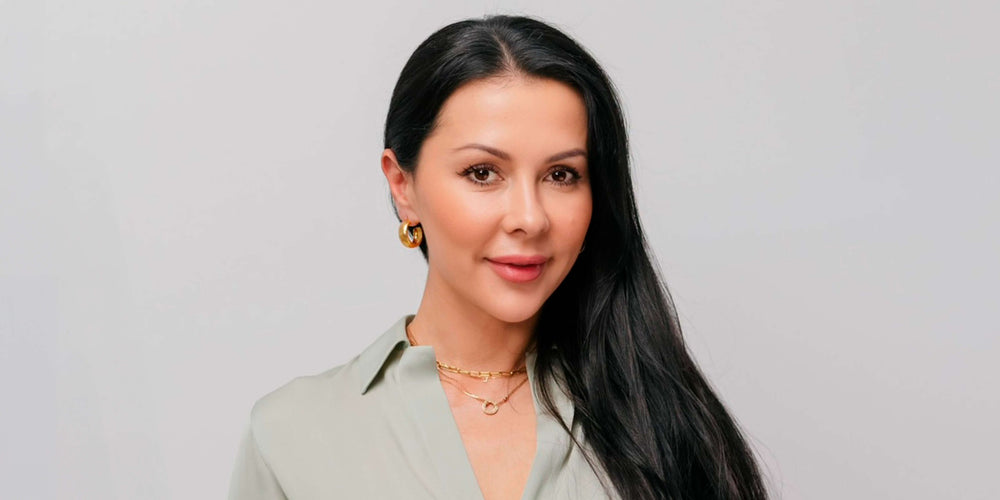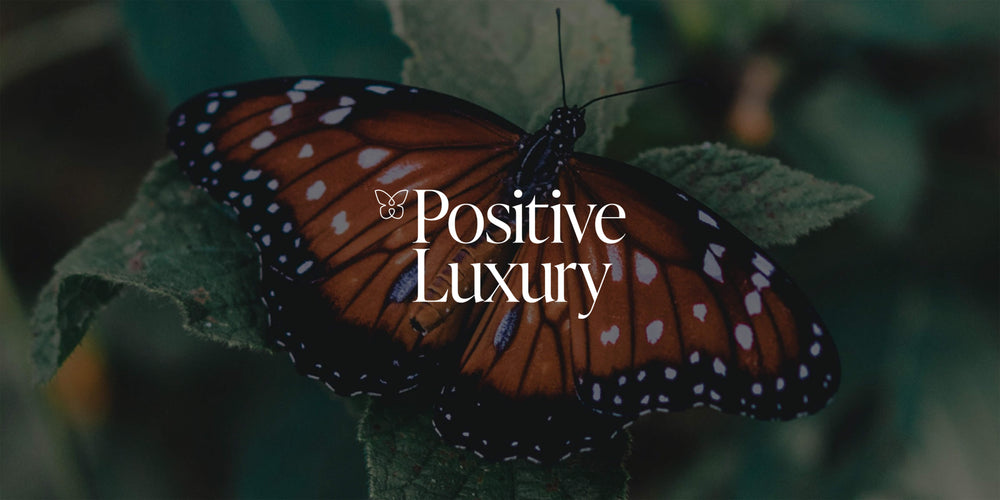At the intersection of environmental activism, women’s leadership, and holistic wellness lies the transformative work of the Women’s Earth Alliance (WEA). Since 2006, WEA has been a pioneer in mobilizing and equipping women worldwide to protect their communities and ecosystems through grassroots solutions, advocacy, and regenerative practices. From clean water access and renewable energy to sustainable agriculture and land protection, their work doesn’t just address environmental challenges—it nurtures the leadership of women as agents of lasting, local, and global change.
At KNESKO, we strongly believe that true beauty radiates from a place of alignment—where mind, body, and spirit function in harmony with the world around us. As a female-founded brand rooted in energy healing and conscious luxury, our values naturally align with WEA’s mission. We’re proud to support an organization that uplifts women because when women are empowered to thrive, the whole planet benefits.
To celebrate Earth Month, we spoke with three WEA leaders who are driving change from the ground up.
Brooke Marie Bridges: Founder of Unearthing Wellness
Brooke Bridges is a holistic wellness educator, herbalist, and mental health advocate whose journey from Hollywood to homesteading has become a powerful story of healing and purpose. Through her business, Brooke’s Botanicals, and her initiative, Unearthing Wellness, she blends herbalism, storytelling, and somatic practices to support community healing, particularly for women and youth.

What brought you to WEA?
My inspiration to become a leader with WEA was due to my understanding that however big the climate catastrophe, we can make a difference at home. We can understand the role that we play, and do our best to make a dent, even the tiniest dent, in the inevitable fallout. We can choose to be warriors, nurturers, and compassionate stewards who have integrity and health at the forefront of our work.
How do you integrate holistic wellness into your environmental work?
My current work involves helping people better understand themselves and their role in the world through mind, body and Earth. This holistic framework focuses on all aspects of the self as a means for transformation and healing. We understand the importance of nature on our overall well-being, and also understand how self-awareness breeds empathy and compassion for others.

What are your hopes for women's leadership in global environmental movements?
My hope is that as women, we continue to deepen into our nurturing energies and change the dynamics of environmental stewardship, organizational practices, climate activism, and the nonprofit industrial complex. We are so capable, and so powerful, and I’m thrilled, hopeful, and inspired to see how women continue to move the work forward in a way that is truly connected to community care and transformation.
Related: Learn about KNESKO’s commitment to sustainability.
Monica Ibacache: Founder of Beyond Organic Design
Monica Ibacache is a Chilean-born ecological designer, educator, and community organizer who has dedicated her life to advancing environmental and social justice through education. As the founder and executive director of Beyond Organic Design, she brings permaculture and regenerative design into urban classrooms, empowering young people—especially in marginalized communities—to become stewards of the Earth.

What brought you to WEA?
My dear friend Pandora Thomas introduced me to Women’s Earth Alliance, knowing my work in environmental education. Leading an organization can be isolating, and WEA provided an incredible network of women leaders, mentorship, and support in everything from operations to fundraising. Beyond that, they’ve created opportunities for me to contribute my expertise, which has been deeply meaningful. WEA has been by my side since 2019, and the camaraderie and recognition have been invaluable.

What role do you believe self-care plays in the effectiveness and resilience of environmental leaders?
We can’t pour from an empty cup. As my organization has grown, I’ve learned that prioritizing my well-being isn’t optional—it’s essential. Physical movement and time in nature make me a stronger, more effective leader. After a deep yoga session, my mind is clear, my energy is high, and I show up as my best self. Years ago, I hit a wall from exhaustion and learned firsthand that resilience requires rest and joy. Beyond physical practices, I recharge by spending time with loved ones and engaging my senses through the arts. Caring for ourselves isn’t a luxury; it’s the foundation that sustains the work we do.
How do you combine mind, body, and spirit in your own work?
Caring for the Earth includes caring for ourselves and each other. My spiritual practice is that everything is connected—what we do to nature always comes back to us. I came to permaculture after four years of studying and practicing yoga and meditation. I lived and volunteered at retreat centers in the U.S., India, and Thailand. That foundation aligned perfectly with permaculture’s ethics of care, fair share and abundance.
Meditation remains a part of my work, both personally and in my teaching. In our curriculum, we often begin classes with grounding breaths, helping students enter the space with presence and awareness. We engage their senses through aromatherapy and herbal medicine, exploring how plants support well-being. Nature awareness is woven into our lessons through observation journals, encouraging students to slow down and notice the world around them.
Tashanda Giles-Jones: Environmental Program Specialist at Environmental Charter Schools
Tashanda Giles-Jones is an environmental educator and sustainability advocate based in Los Angeles, California. After an 18-year career in the medical industry, she transitioned to education, earning degrees in resource and recycling management and public policy, and pursuing further studies in sustainable development at Arizona State University. As the Environmental Education Program Lead at Environmental Charter Middle School in Inglewood, she develops and implements innovative, project-based environmental education programs, including garden-based learning and human impact lessons tailored to her student population.

What brought you to WEA?
I’ve always been interested in and passionate about nature and the environment. I attribute my formative years in Seattle as the origin of my love for this work. Spending time outdoors, where I could explore open green spaces that hadn’t been touched by development, allowed me to see the beauty of a natural environment and my place in it. I feel like my decision-making, particularly how I interact with nature, has been rooted in that childhood exposure. I understood very early in life that my responsibility as a human was to take care of other living things. I also understood fairly young how important a role I could play in how I used the land because of my mini trials in the wild.
What advice do you have for women aspiring to lead in environmental activism?
As humans, we have ancient wisdom, and with moments of stillness and reflection, we learn to trust it. It’s that wisdom that helps lead our actions. As women, we are innately connected to that wisdom in a way that promotes important work in sustainability and environmentalism. I have found that leaning into my womanly intuition has helped me be responsive in my work, especially when teaching the youth about our environmental issues.

My advice for women who are leading programming or projects in the environmental and/or sustainability world would be to listen to that instinctual wisdom, lean into that resilience, trust your knowing, and keep other women tight in your circle. There is something special and magical that happens when women are in the same space, when women trust each other and seek each other out. The work we can do in this world is magnified, and I’ve experienced that firsthand.
How do you integrate holistic wellness into your environmental work?
I’ve always regulated my body and mind in nature. I just didn’t know what I was doing had a name. As a child, when I sat in a tree on the highest branch, I felt unstoppable. When I laid in a field of tall grasses, I felt safe and yet brave because you never knew what kind of living cousin would slither, hop, or scurry past you. When I rode my bike as fast as I could down a tree-lined road, I felt at peace and inspired by the wind slapping my face. All of those experiences shaped what wellness feels like to me. So, when I find the work overwhelming, when my brain is overriding my instincts, I sit in nature. I go to the beach and stare at the ocean for hours; it’s like a reset. I climb into the mountains, touch leaves, listen for biodiversity, and literally hug trees.
Learn more about the Women’s Earth Alliance and KNESKO.









